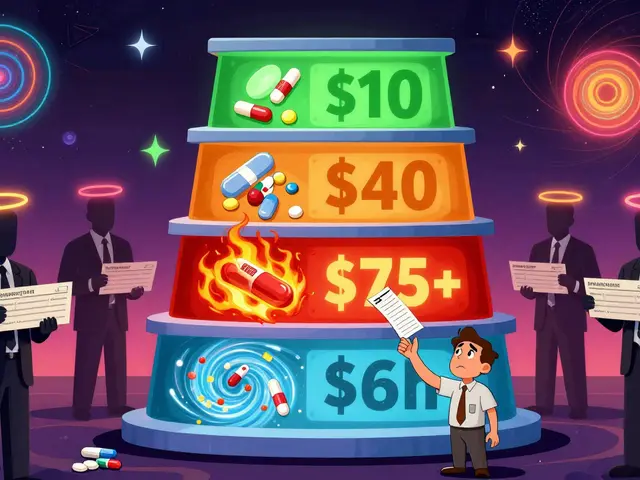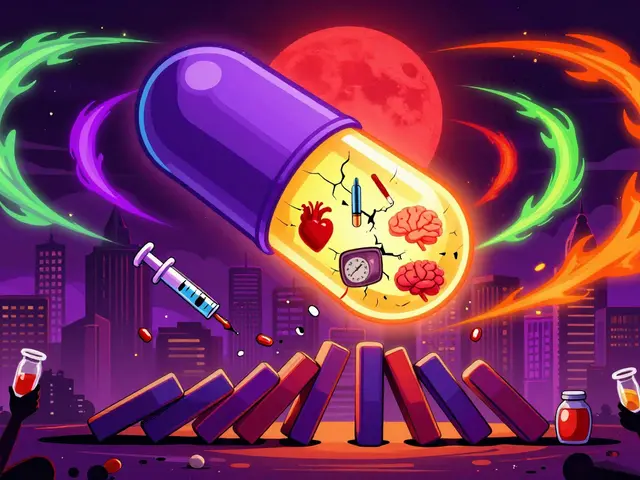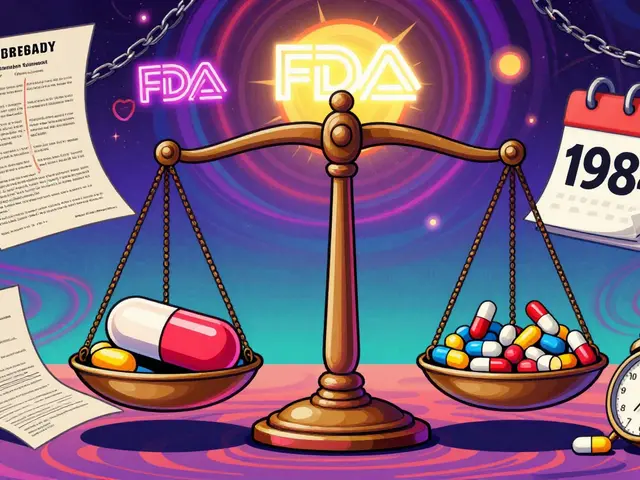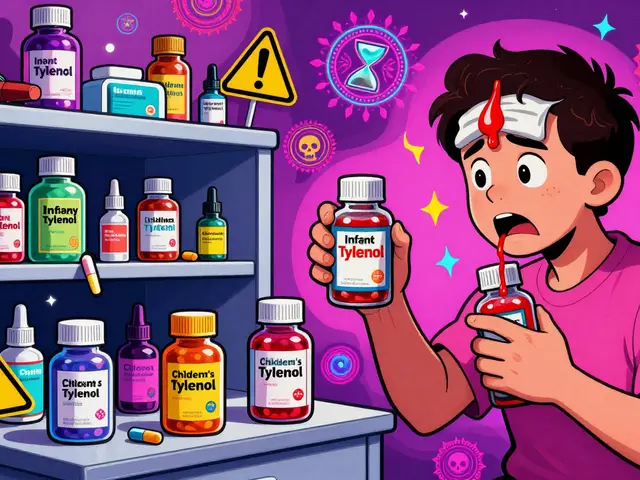Cholesterol: What the Numbers Mean and What You Can Do
Most people focus on a single number, but cholesterol is about risk — especially heart attack and stroke risk. You don’t need medical school to act on it. This page gives clear steps: how to read your results, what lifestyle moves help the most, and when drugs like statins or fibrates matter.
How to check and interpret your numbers
Ask your doctor for a fasting or non-fasting lipid panel. You’ll get total cholesterol, LDL (bad), HDL (good), and triglycerides. LDL is the main target for treatment; lower is usually better if you have heart disease, diabetes, or multiple risk factors. HDL helps protect you — higher is better. Triglycerides respond a lot to diet and alcohol.
Don’t treat the lab alone. Doctors combine your cholesterol with age, blood pressure, smoking status, and diabetes to estimate your 10-year heart risk. If that risk is high, treatment starts sooner.
Treatment options: lifestyle first, then meds
Start with things that actually move numbers: lose 5–10% of body weight if overweight, aim for 150 minutes of moderate exercise weekly, cut added sugars and refined carbs (they raise triglycerides), and swap saturated fats for unsaturated fats. Quit smoking and limit alcohol — both hurt your heart risk no matter the cholesterol level.
If lifestyle changes aren’t enough, medications help a lot. Statins (like simvastatin, brand Zocor) are the first line: they lower LDL strongly and reduce heart events. Common questions: dosing, how to handle side effects, and interactions. For example, some statins interact with grapefruit and certain antibiotics — tell your doctor all medicines and supplements you take. Your doctor will usually check a liver blood test before starting and after a few months, and may monitor muscle symptoms (CK) if you feel aches.
For high triglycerides or mixed lipid problems, doctors sometimes use fibrates like gemfibrozil. There’s also evidence fibrates help people whose thyroid problems make cholesterol worse — thyroid dysfunction can raise LDL and triglycerides, so treating the thyroid helps the numbers too. Newer options (PCSK9 inhibitors, ezetimibe) exist for people who can’t reach goals on statins alone.
Thinking of supplements? Omega-3 (prescription-strength) can lower triglycerides. Niacin and certain herbal options have downsides; don’t start them without a chat with your clinician.
Shopping online for meds? Be careful. Use licensed pharmacies and keep prescriptions legitimate. If you’re unsure, use resources that list reputable international and local pharmacies.
Final quick checklist: get a lipid panel, talk risk with your clinician, try lifestyle changes for 3 months, and reassess. If meds are needed, start the lowest effective dose and monitor for side effects. Small, steady steps add up — lowering your cholesterol lowers your real risk, not just a number on a lab report.
Rosuvastatin Research: A Real-World Peek Into What's Next
This article breaks down what’s happening in rosuvastatin research, spotlighting new uses, unexpected benefits, and what to watch for. It covers how rosuvastatin might help with more than just lowering cholesterol, and what the latest real-world studies are showing. Readers will learn about possible new side effects, how this statin stacks up against others, and what tools researchers are using to push the science further. If you’re thinking long-term about heart health, this is a practical take on where the science is headed. It’s designed for anyone curious about everyday impacts, not just lab results.





